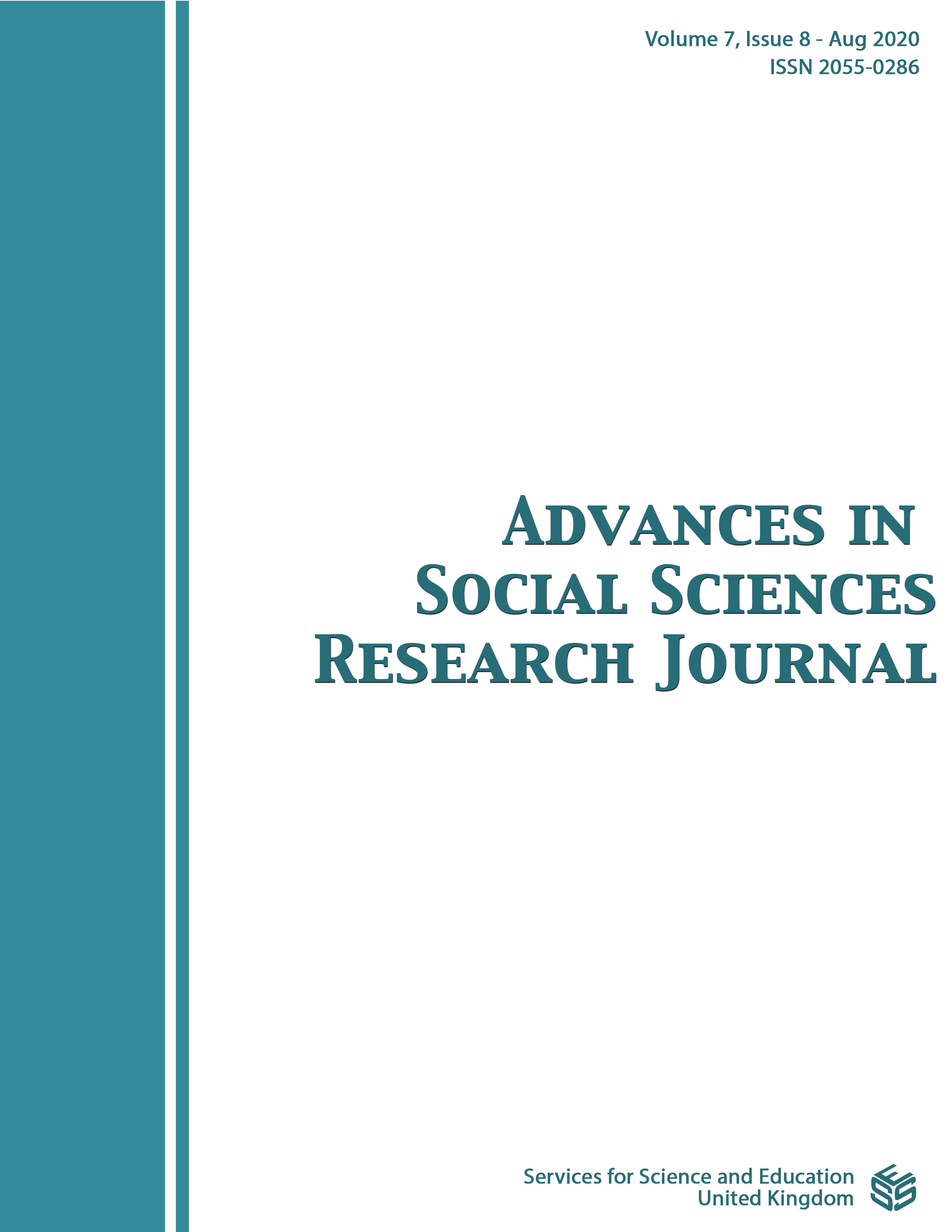Asia, 1945-1954: Three Wars in One.
DOI:
https://doi.org/10.14738/assrj.78.8818Keywords:
Colonization, Decolonization, World War II, China, Cold War, Superpowers.Abstract
The conflicts waged in Asia between 1945 and 1954 are examined here as part of the anti-colonial struggle and national independence, giving rise to free and original Asian practices. The background is the emergence and consolidation of the bipolar powers of the superpowers involved in the cold war. The decolonization of the region was part of the Western Allies' ideals. However, the Cold Conflict's political conveniences lead the Truman Administration to tolerate and support the colonial presence. American policy on Asia-Pacific feared that independence would jeopardize regional stability. This desideratum frustrated the aspirations of the local populations and elites and the communists. After 1949 starting its huge task of national reconstruction, the People's Republic of China recovered imperial diplomatic practices. In addition to expanding his agricultural and industrial production bases, he supported the communist side in the war between the two Koreas and Vietminh, in Indochina. Exercising dominance over its allies the Maoist China, it consolidated its regional projection, suggesting to several important actors on the western side that the three conflicts were part of a single war against communism that they believed to be expanding.
Downloads
Published
How to Cite
Issue
Section
License
Authors wishing to include figures, tables, or text passages that have already been published elsewhere are required to obtain permission from the copyright owner(s) for both the print and online format and to include evidence that such permission has been granted when submitting their papers. Any material received without such evidence will be assumed to originate from the authors.






